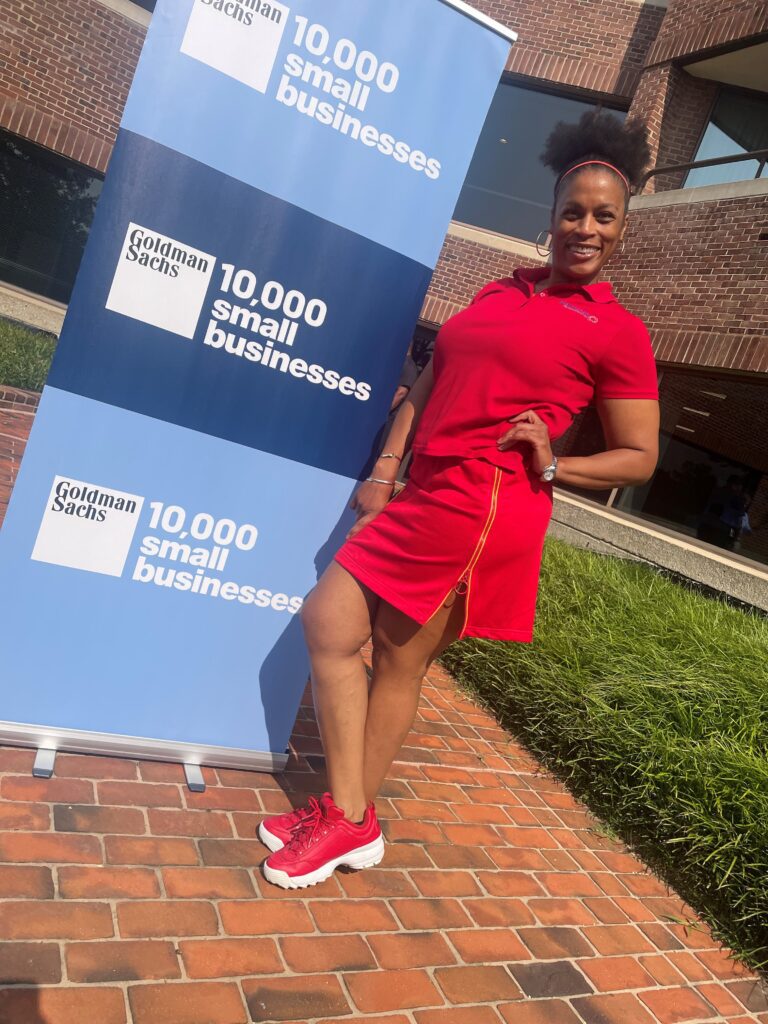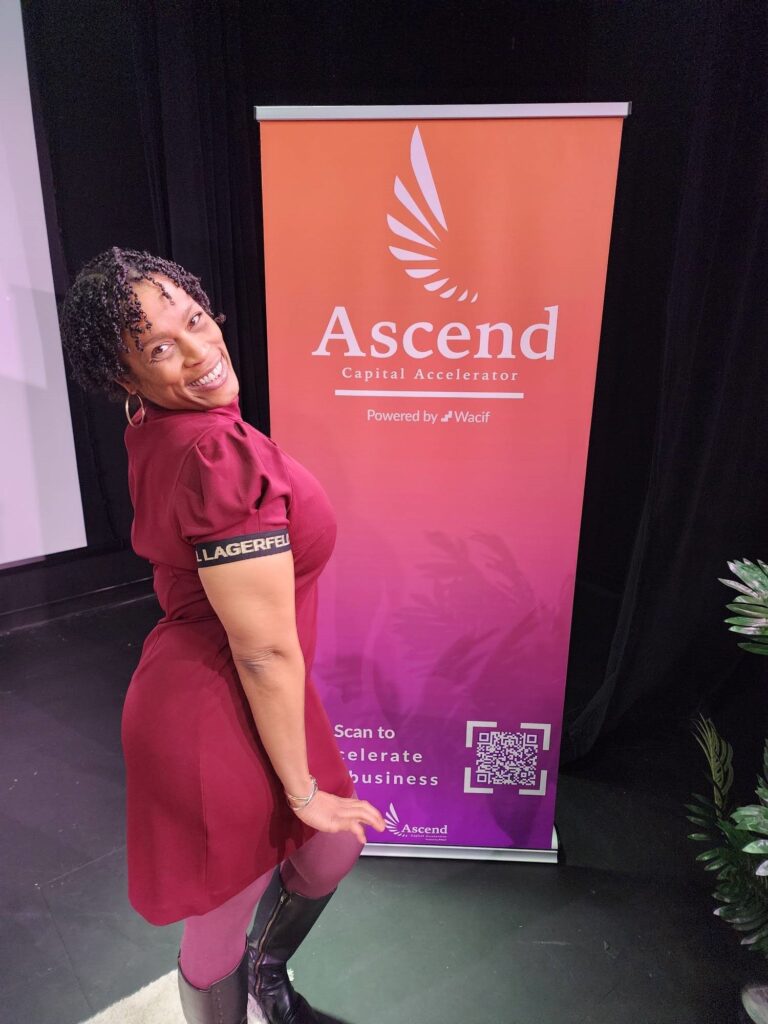When I started Brewington Management Co., my head was full of big dreams and even bigger ideas. I had all sorts of visions for the company’s future—some realistic, some…well, let’s just say they were ambitious. First on my list was tackling every type of construction project under the sun. Hospitals, wastewater plants, office buildings, you name it. After all, concrete doesn’t discriminate, right? It’s the same no matter where you pour it—but I needed the experience to confidently make that statement.
Then, there was my slightly ambitious desire to work on the projects no one else wanted. The ones where profits, quality, and schedules were in a race to hit rock bottom. Why, you ask? Because who doesn’t love a good challenge? I was all about getting into the weeds, fixing the mess, and steering the ship back to smoother waters. And let’s be honest, we thrive on challenging projects—almost as much as we love navigating the weeds of projects.
Fast forward to today, and we’ve managed to achieve those goals. But last year, we found ourselves facing the biggest project yet: growing Brewington Management Co. itself. It was Spring of 2023 when I realized we were stuck in a pattern—focusing on one client and all their projects, scaling up and down as needed. Sure, the work was interesting, but we weren’t consistent, and we definitely weren’t setting goals. And for someone like me—goal-driven yet commitment-phobic—it was time to shake things up. Talk about an oxymoron.
So, in true Danielle fashion, I jumped in headfirst. “We need to work on marketing ourselves and getting more work,” I said. Identifying problems? Check. Finding solutions? Easy Peezy lemon squeezy. Problem: Marketing. Solution: Revamp the website and get some help with campaigns. Problem: Getting work. Solution: Hire a proposal writer and get out there to meet people. Simple, right? If only.
As we started working on these issues, more problems popped up like uninvited guests at a party. The first was money—specifically, the lack of it. When checks were flowing into the bank, I didn’t worry. But when they started drying up, and the bills kept coming, I had to face the music. Spoiler alert: when withdrawals are greater than deposits, that’s a red flag. As a seasoned project manager, I’m used to watching my clients’ bottom lines, but I wasn’t giving our own cash flow the same attention. Oops.
Problem: Cash flow. Solution: Start looking at financial statements like they hold the meaning of life. And maybe, just maybe, find a bank that actually cares. Which brings me to my next point—longevity with banks doesn’t mean anything. I ended my longest-standing relationship with the bank I’d been with since high school. Talk about a breakup. It was more like lime zest than lemonade—left me stressed and depressed.
As we dug deeper into Brewington Management Co., it became clear that while I could manage complex construction projects in my sleep, running a business was a whole different ball game. I hadn’t taken a single business administration class in college, and post-graduation? Nada. So, in true Danielle style, I signed up for every class and cohort I could find that focused on executive empowerment, leadership, and scaling a small business.
By the way, if you missed my blog post on the importance of a personal mission, go back and read it. That was a major step in this journey, and it was a game changer.
Now, back to the present. I was enrolled in three cohorts at once—Prince George’s County Economic Development Corporation, Howard University, and WACIF AscendHer. I found mentors at JP Morgan Chase and SCORE, meeting with them regularly, biweekly or monthly. And for my anxiety? Jazz in the car became my new best friend. There’s nothing quite like smooth saxophone to calm the nerves when you’re on the brink of a business-related breakdown.
Being in those programs was a wake-up call. I quickly realized how much I didn’t know. Take marketing, for example. I thought it was all about social media posts—Throwback Thursdays and holiday shout-outs. Surely, if we show off Brewington’s past projects, everyone will know we’re the experts, right? Wrong.
During my first marketing class, we started with Maslow’s Hierarchy of Needs. Yep, that’s right—we had to figure out where our services fit into Maslow’s theory. I went from feeling like an expert to a deer in headlights. Next up were Google trends, hashtags, and networking. Still with me? Great, because then we moved on to value propositions, customer personas, and sales funnels. At that point, my “marketing plan” looked more like a scribbled napkin than a strategy.
But the WACIF AscendHer Cohort? That was the real game changer. We dove into client relationship management, financing, human resources, risk management, and growth. And let’s not forget the deep dive into leadership style and personality types. I went down the rabbit hole of self-assessments—outlining my strengths and pinpointing my weaknesses. Not only did I start evaluating myself, but I also shared my findings with my team, helping us communicate more effectively.

At some point, I was introduced to *The Science of Getting Rich* by Wallace D. Wattles. Naturally, I thought this book would teach me how to become rich by running a more efficient business. Spoiler alert: that’s not what happened. Instead, it taught me something far more valuable. Wattles emphasizes the importance of setting goals and maintaining a positive mindset. He drove home the idea that the only barriers we face are the ones we place on ourselves. It wasn’t about money—it was about vision, determination, and unwavering focus. It was like a light bulb went off. If I could see it in my mind, I could make it happen in reality. This book wasn’t just about wealth; it was about creating the mindset to achieve whatever you set your sights on.
When mid-Spring of 2024 rolled around, I was overloaded with information, but in the best way possible. I was taking meticulous notes, afraid I’d forget something crucial. Then, one day, Branden at JP Morgan Chase asked if I’d heard of the Goldman Sachs 10K Small Business Program. I had—I’d even applied back in 2015, but let’s just say the interview didn’t go well. How bad, you ask? It’s in the top three worst interviews of my life. But after everything I’d learned in those cohorts, I figured it was time to kick it up a notch. So, I applied again.
And guess what? I got in. But the 10KSB program? It was like those other cohorts combined and on steroids. Vulnerability, trust, and a whole lot of humility were required. We had to pop the hood of our businesses and let everyone see the engine—or lack thereof. At first, we all struggled with being open, but as we realized we were all in the same boat, it became easier. It didn’t matter how much or how little revenue your company generated—we all needed to understand the business of running a business.
Now, after graduating from the program, I’ve come to a realization: this is just the beginning. Have I righted the ship? Not entirely. Have I fixed every problem? Not even close. But we’ve got a plan, tools, and the support of an incredible network. Brewington Management Co. is turning 20 soon, and I’ve never been more excited about the future. I’m determined to work on the business, not just in it.
So, what’s the takeaway here? Running a business isn’t just about knowing your industry. It’s about continuous learning, maintaining a positive mindset, and being open to growth—even when it’s uncomfortable. And remember, the only barriers we face are the ones we place on ourselves. So, keep dreaming big, keep learning, and keep pushing forward. Because if I can figure it out, trust me, so can you.


